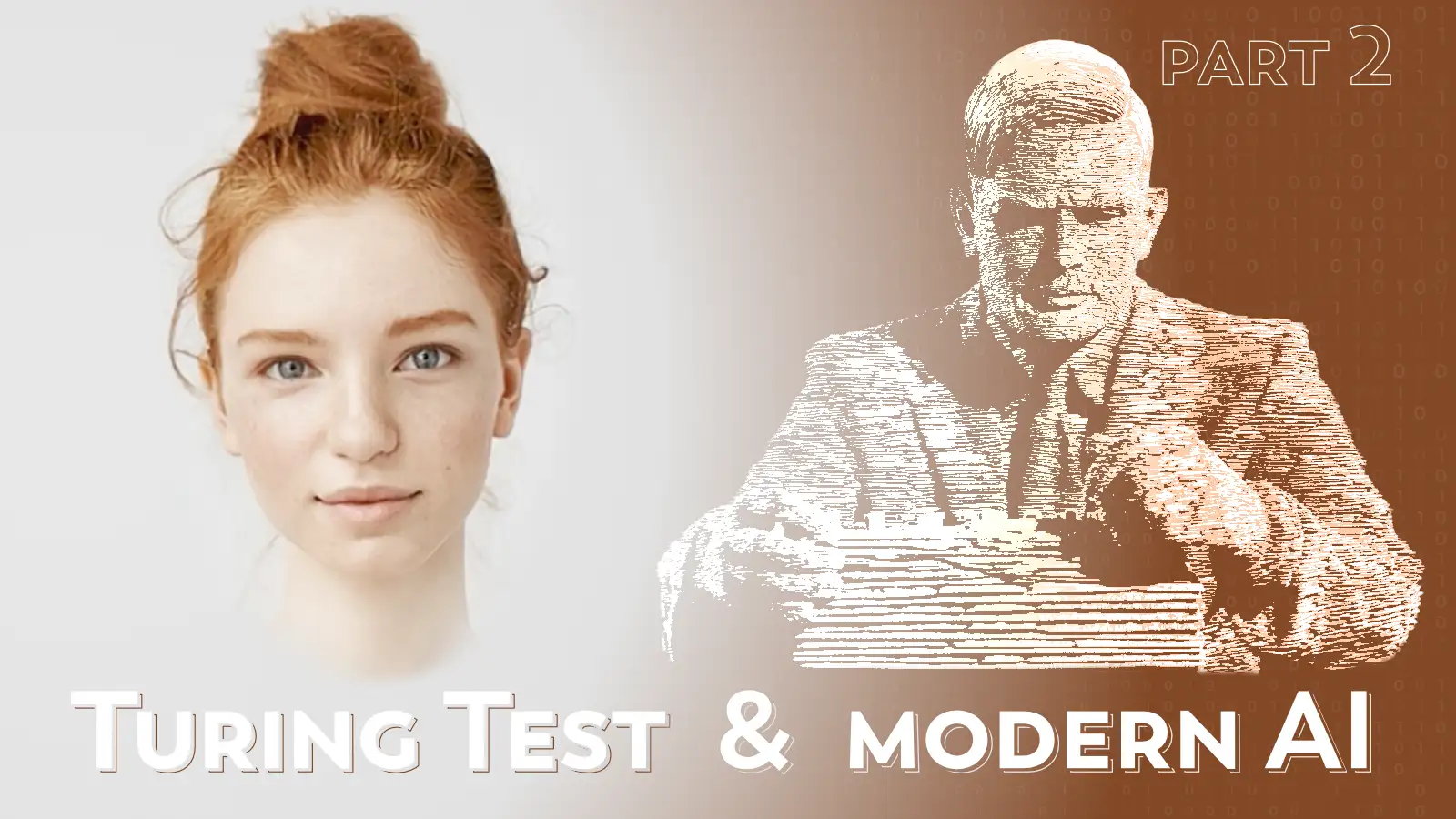 It has been a while since I had to think seriously about the Turing Test, an experiment described by Alan Turing in 1950. When I started my studies and later while working for Language and Speech Technology, Turing was something special: “it takes effort to know whether you are communicating with a computer or a human”. Speech was not actually in the picture in this regard because the status of both speech recognition and speech synthesis was, in today’s eyes, so lousy that it was impossible to be wrong about it. Turing saw this too, of course, and came up with an Imitation Game, known ever since as the Turing Test (see here).
It has been a while since I had to think seriously about the Turing Test, an experiment described by Alan Turing in 1950. When I started my studies and later while working for Language and Speech Technology, Turing was something special: “it takes effort to know whether you are communicating with a computer or a human”. Speech was not actually in the picture in this regard because the status of both speech recognition and speech synthesis was, in today’s eyes, so lousy that it was impossible to be wrong about it. Turing saw this too, of course, and came up with an Imitation Game, known ever since as the Turing Test (see here).
In that imitation game, one or more interrogators chat with a human and a computer. The computer “passes” the test when it is impossible for the interrogators to decide who is the human and who is the computer. To keep everything as fair as possible, Turing suggests chatting.
And now?
In 2014, the chatbot Eugene Goostman was able to convince 33% of participants that they were dealing with a human being. That meant that this chatbot was the first to pass the Turing Test in that form.
And then in December 2022 came chatGPT and it immediately made history by being the second chatbot to pass the Turing Test. And that with GPT-3 while now GPT-4 is doing quite a bit better. The success in the Turing Test is an important milestone for artificial intelligence research. It shows that the GPT-3 language model (and its successors), have the ability to produce human-like responses that can fool even experienced evaluators. But, it still involved chats, which is still a slightly lesser form of communication than speech.
In 2023, Israeli company D-ID.com came up with a stunningly good chatbot that converses lip-synchronously almost perfectly. You can ask “her” anything in English and “she” will give a pretty good opinion. Of course, you can see that this is a computer programme, but still… it really works tremendously well and I think this is reasonably close to a successful Turing Test.
Test with chatGPT
A fortnight ago, I was asked to write something about chatGPT. Since I had little time at the time AND because I did want to try out the power of GPT-4, I spent half an hour writing that article with the help of GPT-4: “The Turing Test & modern AI” It became an A4 in correct English with a logical format that was certainly no worse than what I could have written about it myself. I sent it off without then mentioning how I got it. Whether he got through…
Conclusion
Especially with the arrival of chatGPT in December 2022, the TST world is changing fast. A few weeks after its introduction, there were already more than 10M users and that number has only increased. Of course, chatGPT can do more than Turing testing, but it is such a powerful tool that I think it really comes close to what Turing envisioned 70 years ago. Of course, for now, it will remain possible to figure out whether it is a human or a chatbot after a while of testing, but the power and elegance of the bot continues to amaze and will certainly lead many to “wrong” thoughts.
